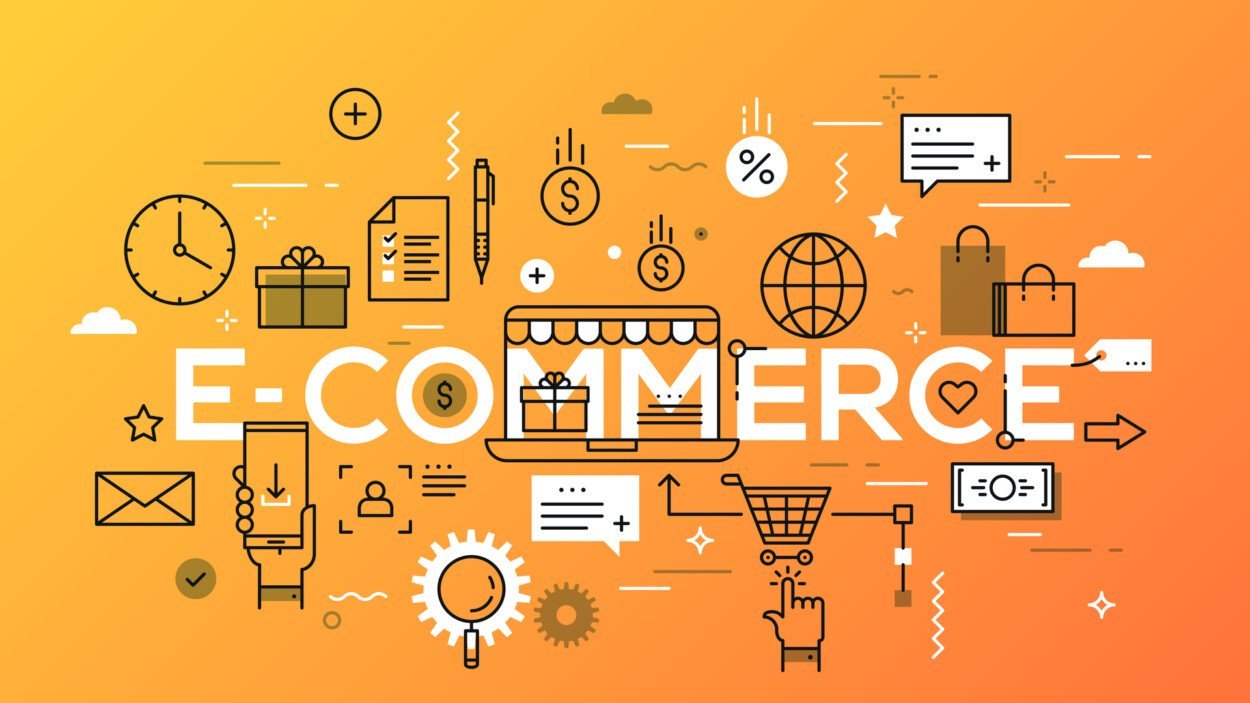
Introduction In recent years, e-commerce has revolutionized the way Indians shop, offering convenience and accessibility like never before. Here’s everything you need to know about e-commerce in India.
1. Understanding E-Commerce
- E-commerce, short for electronic commerce, refers to buying and selling goods and services online.
- It involves transactions conducted over the internet, typically through websites or mobile apps.
2. Why E-Commerce Matters
- Convenience: Shop anytime, anywhere, without the constraints of traditional store hours.
- Variety: Access a vast array of products from multiple sellers at the click of a button.
- Competitive pricing: Online platforms often offer better deals and discounts compared to brick-and-mortar stores.
3. Popular E-Commerce Categories in India
- Fashion: Clothing, footwear, accessories, and jewelry.
- Electronics: Gadgets, appliances, and tech accessories.
- Groceries: Fresh produce, packaged foods, and household essentials.
- Beauty and personal care: Cosmetics, skincare, and grooming products.
- Home decor and furnishings: Furniture, decor items, and kitchenware.
4. Key Players in the Indian E-Commerce Market
- Amazon India
- Flipkart
- Myntra
- Snapdeal
- Paytm Mall
- Ajio
- Nykaa
- BigBasket
5. E-Commerce Trends in India
- Mobile shopping: With the proliferation of smartphones, mobile commerce is on the rise.
- Social commerce: Platforms like Instagram and Facebook enable users to buy directly from posts and ads.
- Voice commerce: Voice-activated assistants like Alexa and Google Assistant are changing the way people shop online.
6. Challenges and Opportunities
- Logistics: Last-mile delivery and infrastructure pose challenges for e-commerce companies.
- Trust and security: Building consumer trust and ensuring secure transactions are crucial.
- Rural penetration: Expanding e-commerce services to rural areas presents a vast opportunity for growth.
Summary E-commerce has transformed the retail landscape in India, offering unparalleled convenience and accessibility to consumers. Understanding the nuances of e-commerce, staying updated on trends, and leveraging opportunities can help businesses thrive in this dynamic market.
Real-Life Examples:
- Flipkart: Founded in 2007, Flipkart is one of India’s largest e-commerce platforms, offering a wide range of products across categories.
- Amazon India: A subsidiary of the global e-commerce giant, Amazon India caters to millions of customers with fast delivery and a vast selection of products.
- Big-Basket : Specializing in grocery delivery, Big-Basket has become a household name, offering fresh produce and everyday essentials to customers across India.



